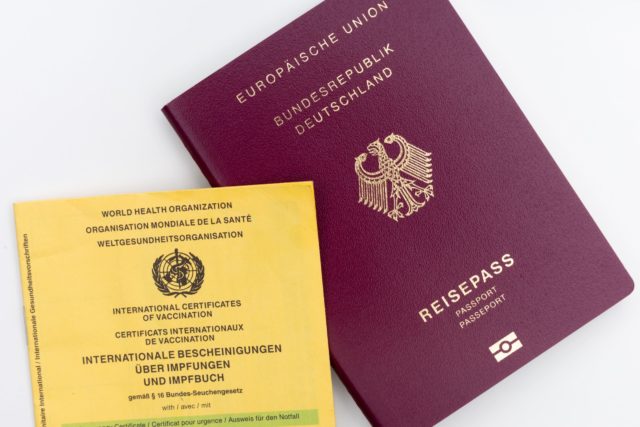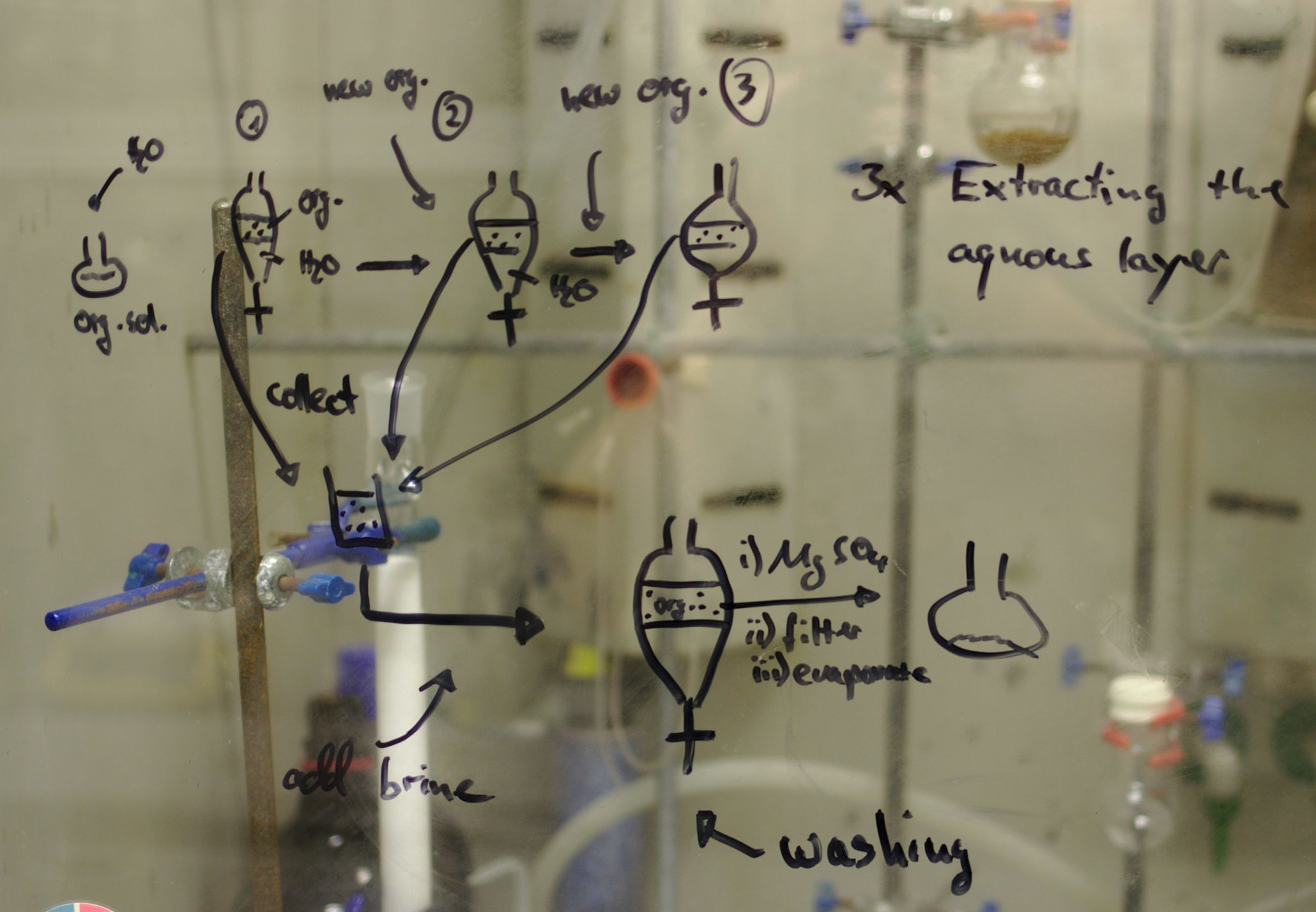The translation of fiction is one of the areas of translation work that is most interesting. Would you like to know how to undertake literature translation and what the most recommendable strategies for success are?
What is literature translation?
It is the translation of pieces in different formats and ensuring that the translation is dynamic and follows the same pace as the original piece. Amongst the different pieces of fiction to be translated, there are the following types.
Comics
This is one of the most requested and, without a doubt, one of the most complex. In this case, literal translation and a free use of terminology are not valid as the translator must always strictly follow the characters’ personalities, their way of speaking, and their adaptability to the adventures that they are part of. We recommend that you read, if possible, several comics with the same character to be able to see the linguistic details and the idiomatic expressions that are most used.
Pieces of literature
Novels, stories, tales, poems, and plays –amongst others– have the main characteristic of needing to translations: a literal one and one that alludes to the metalanguage beneath the literature’s surface. That is to say, you should not forget plays on words with dual meanings, irony, and other fundamental aspect that are used in literature as stylistic resources.
Series and films
The popularity of seeing these types of fiction in their original versionmeans that subtitles express just what the actor or actress is representing in that scene. While the viewer has the support of the image, it is also necessary to understand idiomatic expressions, sayings, jargon, and dialects for the translation to be as precise as possible.

Strategies to follow for the translation of this type of text
The different ways to face these translations can be summed up with the following points.
Read the full piece before starting to work
This will help you to understand what each chapter refers to, you’ll become familiar with possible ellipses and the pillars of the story. Remember that you must have the same information as the author to be able to order it properly and present it to the reader progressively.
Get support from technical translation if necessary
For some pieces, technical vocabulary is used that is quite specific and must be translated in a more technical way. At times, there are pieces that require research to be able to find the exact term that a word refers to. Checking in manuals from different disciplines and different times is always recommendable.
Ask for help from specialists in the matter.
Thanks to the internet, it can be a lot easier to contact a specialist who can give you the key for a specific passage or a bibliographic reference that you can use as a basis to continue with your translation.
Contact the author
If the author is living, he/she could be the last resource but vital when the piece goes down untranslatable pathways. The creation of neologisms or the use of idiomatic expressions from the author’s birthplace are questions that can only be answered by the author.
Have we at Blarlo helped you to get to know its characteristics? This is such a specific type of translation that it’s not always easy to tackle. Contact us!






